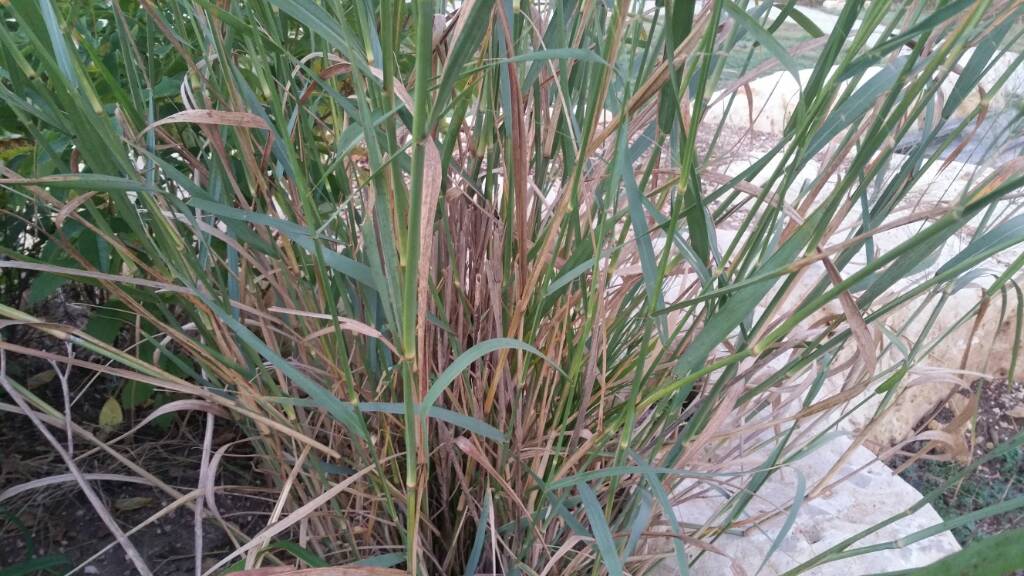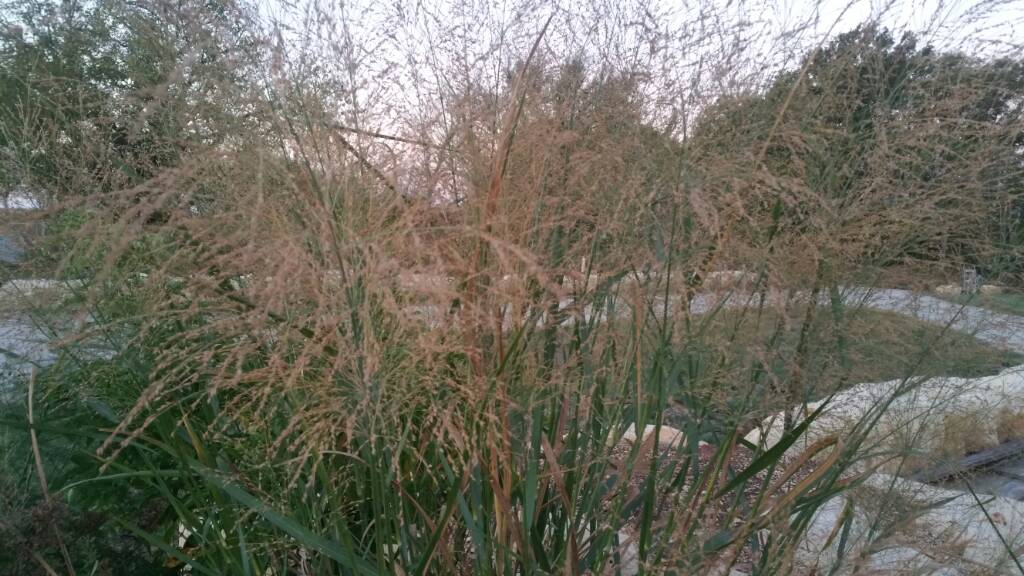We are planting a few acres of NWSG this winter and I am debating on my strategy. I was planning on a mix of forbs and switchgrass, Indian, and big blue stem.
The more I think about it the more I question mixing them directly due to the ability of the grass to out-compete the forbs.
So......I am seriously thinking of planting the forbs throughout and them coming back over that with the grasses but seeding them in a grid type pattern to provide pockets of forbs withing an array of grasses. Seems like it will offer more variety and maybe be better for bedding and general wildlife use.
Seems good in my head......any thoughts?
The more I think about it the more I question mixing them directly due to the ability of the grass to out-compete the forbs.
So......I am seriously thinking of planting the forbs throughout and them coming back over that with the grasses but seeding them in a grid type pattern to provide pockets of forbs withing an array of grasses. Seems like it will offer more variety and maybe be better for bedding and general wildlife use.
Seems good in my head......any thoughts?


